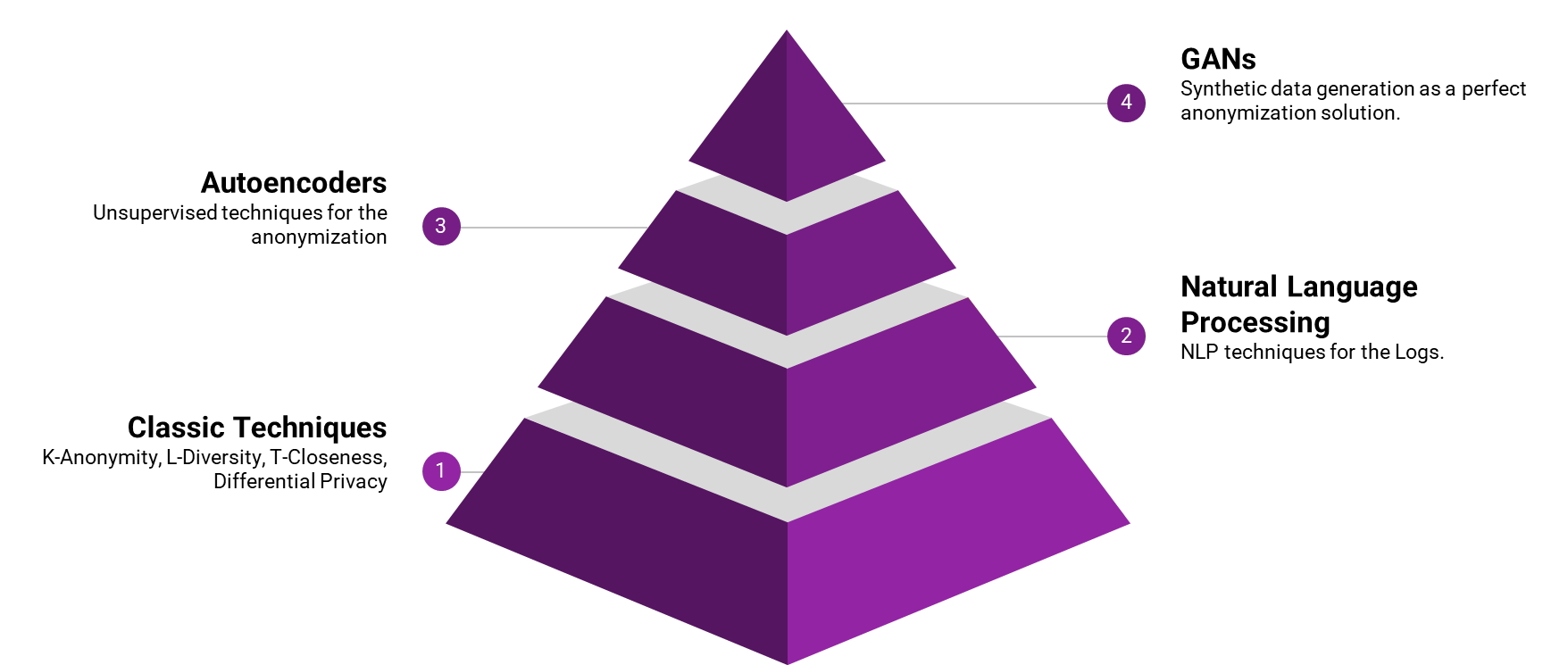| Table of Contents |
|---|
Introduction
Anonymization is the process of protecting private or sensitive information by erasing or encrypting identifiers that connect an ‘entity’ to stored data. If the anonymization is fool-proof, the process of Deanonymization should not reveal personal identifiable information. Typically, anonymization could be just pattern anonymization, or just the value anonymization, or both. In this work, we want to do just the value anonymization, so as to preserve the predictive/detective power. Just like any other data, even in Telco data, we will have to deal with both the categorical Variables and the numerical variables. There are various approaches under anonymization:
...
- Names (Systems, Domain, Individuals, Organizations, Places, etc.)
- Address (IP and MAC)
- Telco Fields - IMSI, IMEI, MSIN, MSISDN, MCC+MNC
- Location Data (Cell-ID, Count, etc.). GPS Data on its own is not a sensitive information. The context around that, such as 'names', are sensitive.
PII Type | Dataset (links) |
Names (Systems, Domain, Individuals, Organizations, Places, etc.) | |
Address (IP and MAC) | Internet Traffic Dataset: EX1, EX2 |
Telco Fields - IMSI, IMEI, MSIN, MSISDN, MCC+MNC | Adult Dataset enhanced with Telco-Fields Adult Dataset: Generate random IMEI/IMSI* fields and add it to this dataset |
Location Data (GPS, Cell-ID, Count, etc.) |
Phase-2
In this phase we would want to:
...
- Classic (and its variations): K-Anonymity, L-Diversity, T-Closeness, Differential Privacy
- Data Anonymization with Autoencoders
- NLP approaches for data anonymization
- Generative AI (GANs)
